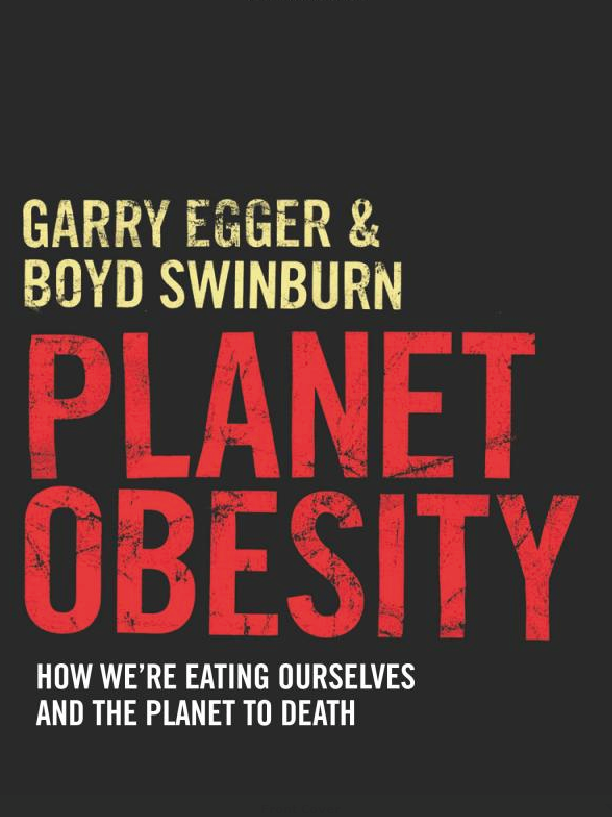The concept of individual carbon trading, first proposed by Aubrey Meyer of the Global Commons Institute in the United Kingdom in 1996, stimulated interest in the development of a workable financial incentive system that would provide equity and efficiency in reducing non-renewable energy use and greenhouse gas emissions. A system of contraction and convergence was suggested, with annual tradable quotas of global carbon emissions over a number of years to an agreed sustainable, sa fe level, and convergence towards equal per capita emissions globally through trade of emission rights between frugal energy users (usually the poor) and profligate emitters (usually the rich). Individuals who are left with carbon credits (i.e. those who are frugal with non-renewable energy use) are then able to sell these back into the marketplace, thereby gaining financial benefit. Those who overuse their quota pay a premium price for extra energy use. Allocated and tradable carbon allowances would be set by an independent carbon bank managed through current market systems, would be equitable, allow flexible goals to be set into the future and would provide a possible stealth intervention for decreasing metaflammatory states, including obesity. Such a scheme, although requiring considerable political and public will (and unlikely to be unchallenged by vested inte rests), would be relatively easy to administer once accepted. A personal carbon trading scheme is equitable as convergence occurs within countries from rich, high-energy users to poor, frugal users, and between countries, also from rich to poor, serving as a more empowering alternative to aid. Unused units are retired, with a view to contraction of the total energy budget to a sustainable level of around 5 tonnes of carbon pp/py.
Planet Obesity: How We’re Eating Ourselves and the Planet to Death
Garry Egger, Boyd Swinburne
C&C endorsements from Medics
Why not Follow @aubreygci
Why not
Tweet this?

